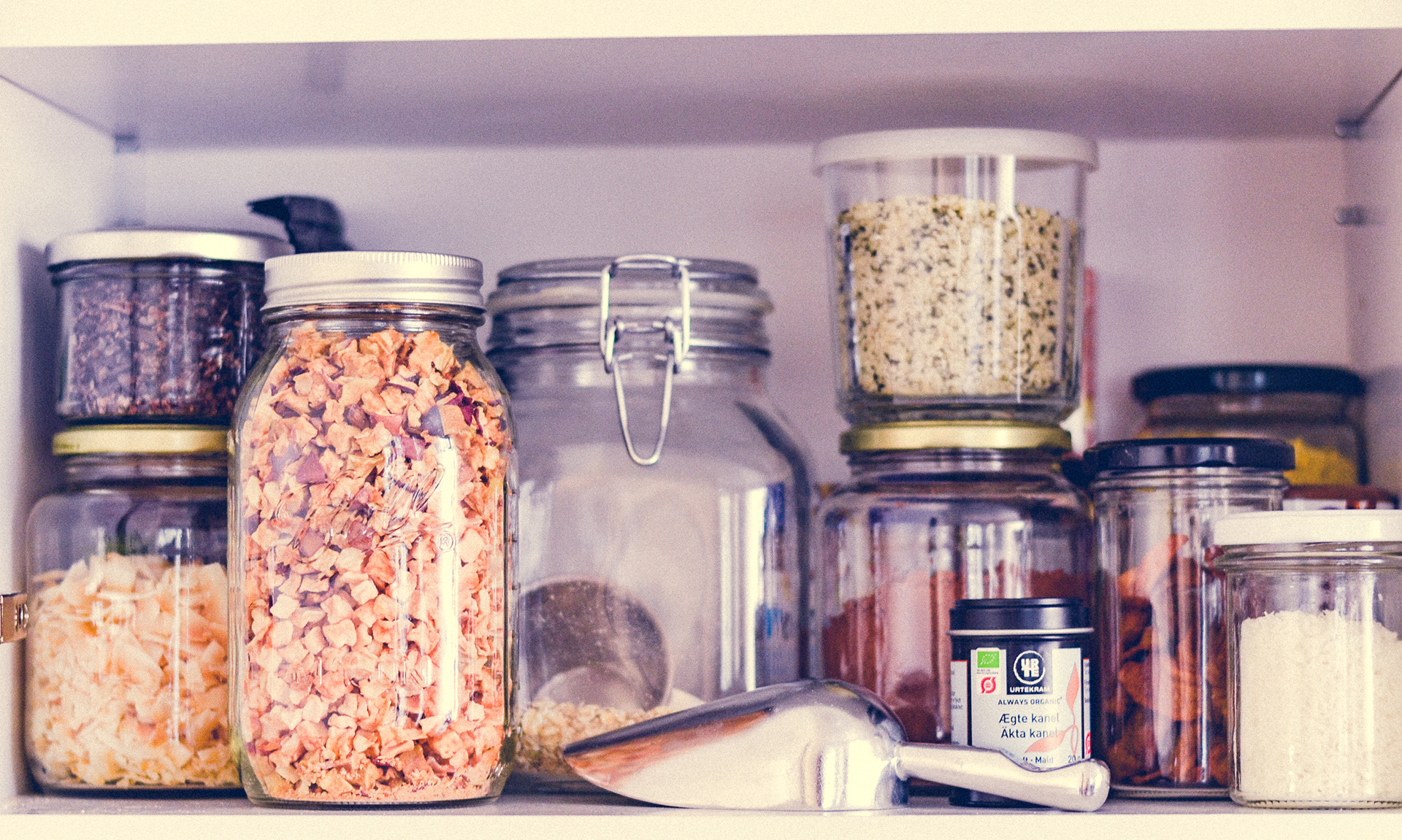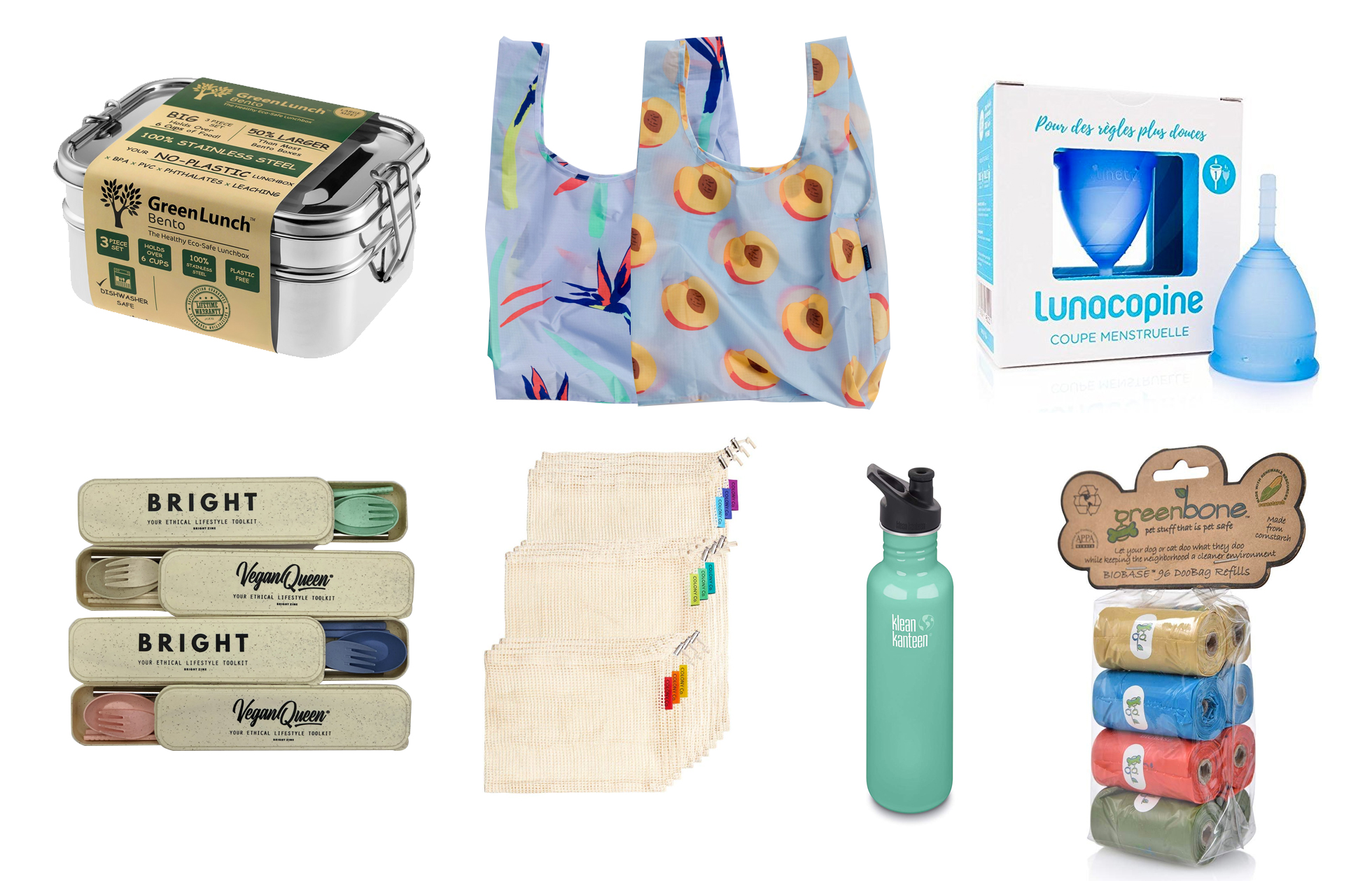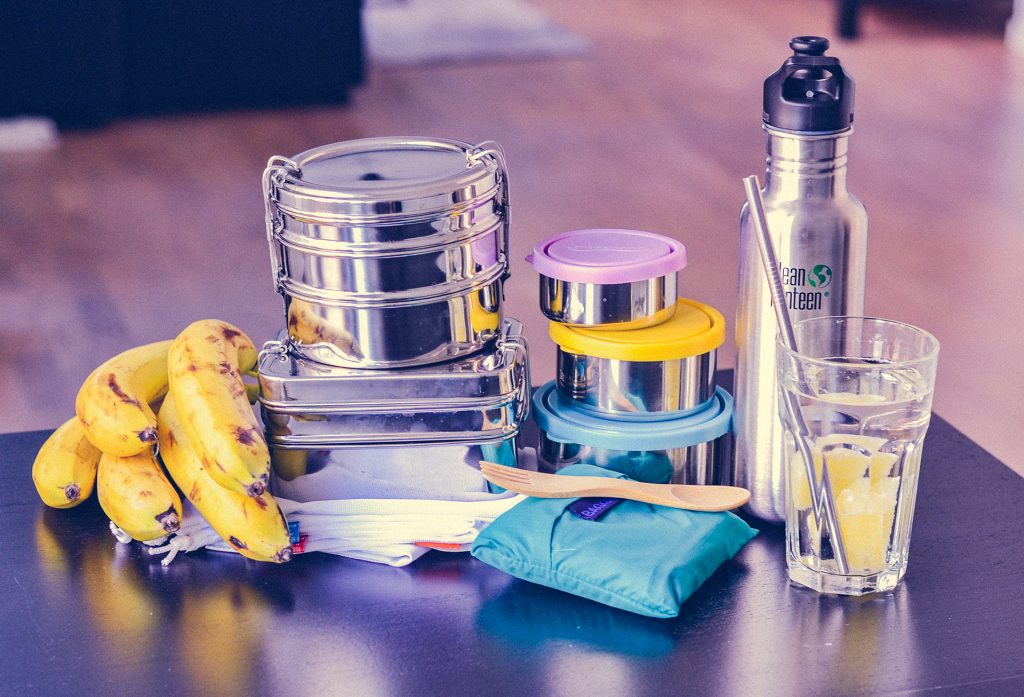I worry about the planet a lot. About global warming and the many extreme weather days and storms we’re experiencing that are proof of things moving very quickly, too quickly, in the wrong direction. This summer has been extremely and unusually warm in Sweden. We’ve not seen rain for weeks and there’s forest fires blaring across the country. Sweden is literally on fire.
And while some people are throwing their hands in the air, lounging on the beach and loving the temperature, I’m here frustrated that we’re still not doing more. We’re still not getting it and we still have people claiming that global warming is a hoax. An all too common excuse for not doing more on an individual level is the naive conviction that one persons actions won’t make a difference. That simply is not true.
How to live sustainably
So, in an attempt to inspire you, I want to show you how simple and, frankly, fun it can be to think and live with sustainability and the planet in mind. You’ve heard it before but I’ll say it again – there is no planet B.
For years, I’ve been doing what I can for the planet. In fact, it’s been a part of my upbringing to be mindful of the environment and our planet. Since I was a kid, we’ve recycled packaging such as paper, plastic, metal, and glass. Whenever we’ve grown out of clothes they’ve been donated to charity or second hand shops.
By the time I’d moved out and had my own household, I was eating vegetarian/vegan and continued the good habits of recycling and donating to charity. Now, I aspire to live as sustainably as possible and I continue to up my efforts for the planet wherever I see opportunity to do so. Here’s some of the things that are naturally part of my lifestyle today, which you can easily start doing too!

Things I do for sustainability
- I do not eat meat and haven’t for many, many years. I mentioned before that I don’t like calling myself vegan, mainly because of the judgement that comes with labels. However, I do mainly eat plant based and my reason for doing so is primarily because of the detrimental effects the meat and dairy industry have on the planet. If you’d like to know more about just how much the meat and dairy industry is contributing to global warming, I highly recommend you watch Cowspiracy.
- I buy mainly organic food. Pretty much the only time I don’t buy organic is when an eco friendly option isn’t available. Thankfully, Swedish grocery stores (in particular in a big city like Stockholm where I live) have become good at stocking organic alternatives thanks to the increase in demand for it.
- I use reusable coffee cups, water bottles, and cutlery. I have a Klean Kanteen water bottle which I just recently purchased a sport cap for (instead of buying a new bottle, I just replaced the part I needed). I have a Keep Cup for coffee or tea and I have a metal straw for drinks as well as a bamboo spork and I just got a reusable cutlery set from BrightZine as well.
- I bring my own lunch. I prepare lunch boxes every weekend to bring to work. Having to buy take away meals always means one-time-use packaging and likely unnecessary waste. There are great sustainable glass and metal meal boxes available. I like shopping from laplandecostore.se (Swedish store, but they ship to Europe), but you’ll find a ton of options on amazon as well.
- I recycle. Avoiding packaging altogether is difficult. Most groceries – even fruits and vegetables – are all too often and unnecessarily packaged in plastic. So, I recycle the waste I inevitably end up with. I have containers in my household for paper, cardboard, plastic, glass, and metal. My clothes, shoes and accessories that no longer serve me are donated to second hand shops, charity or sold on to new owners.
- I use a menstrual cup. If you’re a person with a period and you’re not using a menstrual cup yet, you’re missing out. Whether you care about global warming and the planet or not, switching to a menstrual cup in place of pads or tampons has literally changed my life. My period has never been so easy to deal with! And, as a bonus, I’m not spending $$ on tampons or contributing waste every month. A menstrual cup will last you for years, save you so much hassle and money, and liberate the planet from that extra non-recyclable waste each month.
- I use cloth bags for grocery shopping. I always bring cloth bags when I go grocery shopping, so that I don’t have to buy plastic bags. I like the reusable bags from Baggu because they can easily be folded up and they come in cute colors and patterns too. I also have a set of net bags for produce such as fruit and vegetables, instead of using the plastic bags in store. If you’re wondering what to do with your kitchen garbage when you don’t have plastic grocery bags to use as garbage bags – you can use sustainable waste bags for that.
- I don’t buy junk I don’t need. My household is relatively minimalistic, and I do my best to keep it that way. I cannot stand clutter and feel physically anxious and uncomfortable when I have too much stuff that serves no purpose or that I don’t need or use. It bothers me when people spend money on things, just for the sake of buying something. All that consumption and all that stuff is putting a serious strain on our planet. The more you buy, the more that stuff has to be produced, shipped across the world, and then eventually discarded somewhere when you don’t want it anymore.
How to get Started
So, you’ve decided you want to give it a go and try to live more mindfully. Great! There’s several things you can start doing right now. For example:
- Set up a little recycling station in your home – all you need is a couple of paper bags or containers, dedicate each one to a specific type of material – paper, plastic, metal, glass.
- If you’ve got a garden, dedicate a space to compost – Banana peels, rotten potatoes, apple pits and tomato stems? Throw them on your compost pile and let nature do the work.
- Put in an order for some sustainable swag – I’ve compiled a little list of suggestions to get you started below, so you can grocery shop and eat with reusable tools.
- Dedicate at least one day a week to eating vegetarian – And make a conscious effort incorporate more vegetarian (meat and dairy free) meals into your life with the goal of eventually eliminating meat and dairy from your diet completely (hint: it’s great for your health too!)
- Research if there’s a package free store in your area – Ask google. Is there a bulk store somewhere in your area where you can go and get pantry staples without the plastic packaging. More and more “zero waste” stores are popping up around the world – I wish more places would open in Sweden! For US residents, check out this list on Litterless for package free grocery stores. If you’re in Malmö in Sweden you should check out Gramm.
- Ask yourself: Do I really need this? – Next time you find yourself in a shop or browsing online and you find something that you just have to have. Pause for a second and think on it. Do you really need this? Try to consider scenarios in which you would actually use the item. Many online stores offer “save”-lists, and that’s a great way to give yourself some time to deliberate. I do this all the time – I “window shop” online, add things to my basket or to a “saved items”-list and let it sit there. What most often happens is that I forget about it or lose interest in this product I initially so strongly lusted after. Things lose their novelty very quickly. Just think about the last time you bought something new, how long did that feeling of excitement and “newness” actually last before you felt kind of “meh” about it?
Your sustainability starter kit

Green Lunch Bento | Baggu bag – Bird of Paradise | Baggu bag – Peach | Lunette Menstrual Cup | BrightZine Cutlery Set | Reusable Produce Bags | Klean Kanteen Sport Water Bottle | Sustainable Waste bags





